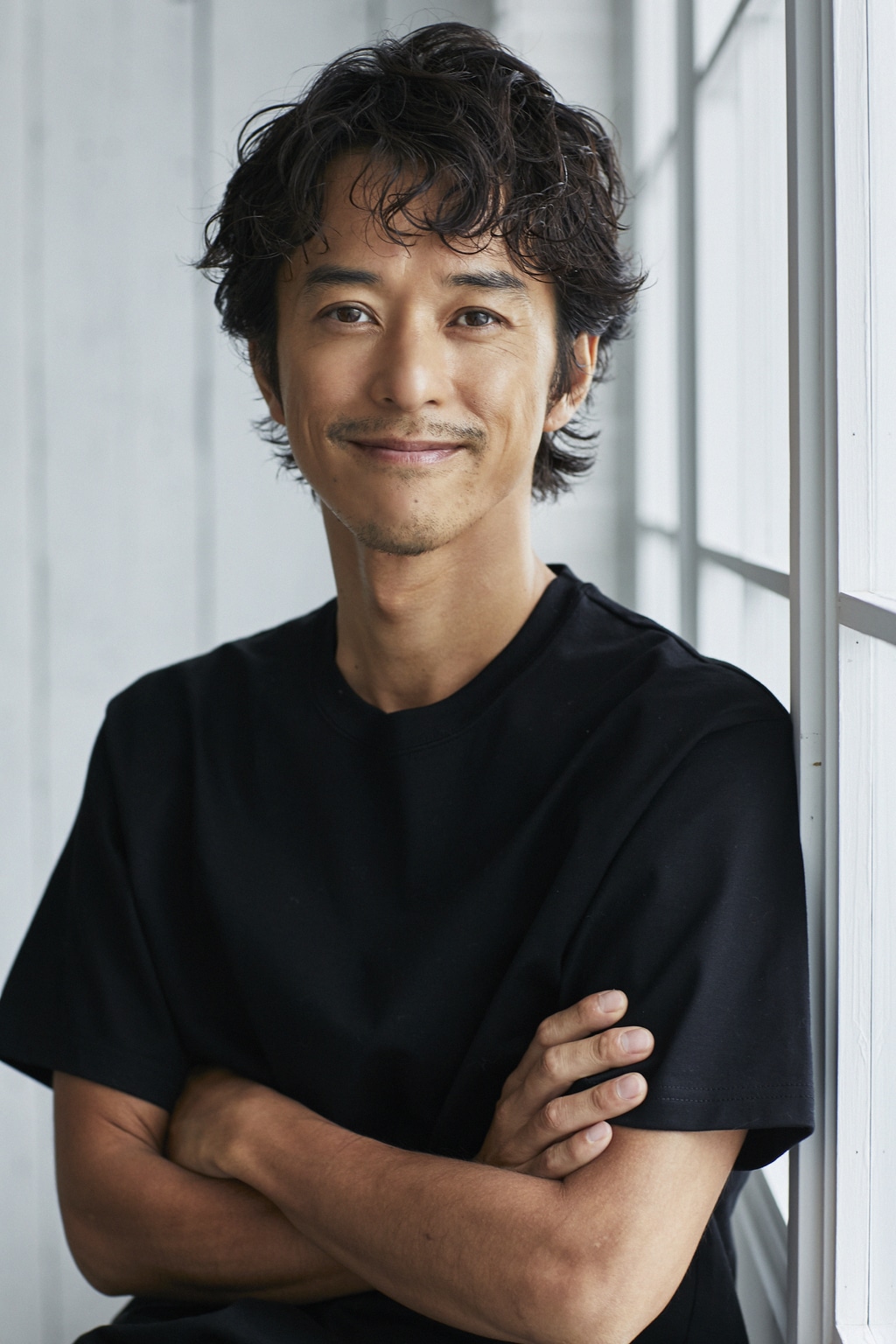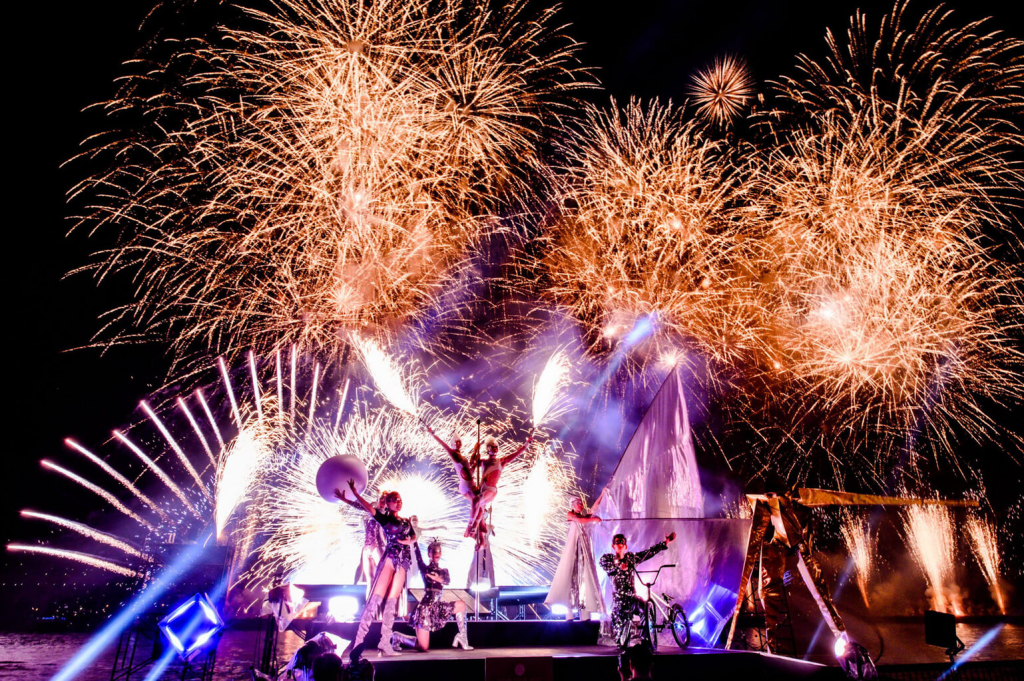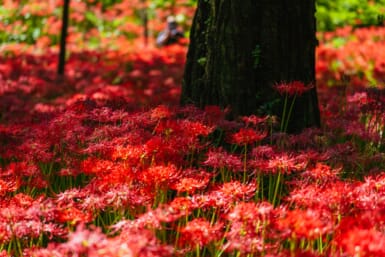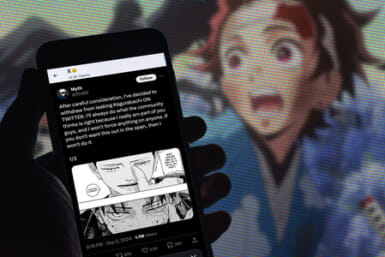Kenji Kohashi was struggling to see a light at the end of what had been a dark tunnel. As an actor, he made quite a name for himself appearing in movies such as Azumi and the NHK morning drama Churasan, but at 27, he gave it up to go traveling. Returning to Japan two years later, he was excited about trying something new. Things, however, didn’t work out how he’d hoped. Mostly bedridden at his parents’ house, he was out of work, suffering from depression and all his savings were gone. Then came the diagnosis that his liver was failing.
“It was shortly before my 30th birthday,” Kohashi tells Tokyo Weekender. “I didn’t drink at that time so was wondering why this was happening to me. There were two ways it could have gone: Either it was the start of my decline or a chance to take stock of my life and start again from zero. I focused on the latter and got myself fit with a personal trainer. At the same time, I changed my eating habits. I also set myself the goal of planning my birthday party to show appreciation for the people who’d supported me. Going all out, I made a logo and prepared flyers. I didn’t know at the time, but that was the start of my career as an event producer.”
Humble Beginnings
Now, through his multi-faceted company The Human Miracle, which refers to those small, everyday miracles we experience in life, Kohashi is responsible for arranging some of Japan’s most exciting events. His mind is constantly racing with ideas, a trait he feels he picked up in childhood. Brought up in a run-down home, he was often left to his own devices by his parents, who were out working. With little money, the youngster challenged himself to come up with new things to do. On one occasion, he sent a postcard to the variety show Pao-Pao Channel, which was looking for someone to be a “regular” in the studio. Not knowing what the word meant, Kohashi applied, thinking it was an opportunity to see one of his favorite programs live.
That mistake inadvertently led to an audition and the start of Kohashi’s entertainment career at the age of just 8. Auditioning soon became a major part of his life despite his tender years. He got roles here and there, but it wasn’t until Shunji Iwai’s 1993 teen drama Fireworks, Should We See It from the Side or the Bottom? that he properly started to appreciate acting as a profession (the pair would later work together again on Iwai’s cult classic Swallowtail Butterfly).
Another production that had a big impact on Kohashi as a teenager was Ningen Shikkaku: Tatoeba Boku ga Shindara, a popular series asking unsettling questions about the central qualities of being a human. Starting out as a kind of extra, he soon had a more prominent role, which led to him receiving two boxes of fan mail a day. That adulation continued into his 20s, particularly after he starred in Churasan. His career seemed to be going from strength to strength, yet something didn’t feel right.

Kenji Kohashi
A Journey of Self-discovery
“I became like a robot,” he says. “The focus was on what I had to do and not what I wanted. I wasn’t trusting my heart or intuition. Imagining the future was quite painful. Things came to a head after a solo trip I took to Nepal at 26. I met a guy around the same age who invited me to his family home. He did everything he could to protect his wife and daughter. Though poor, he was happy. Compared to him, I felt inferior. I’d done well as an actor, but I was lying to myself about who I really was.”
Wanting to discover his true self, Kohashi escaped to America, staying for around 10 months. During his time there, he went on a road trip to Miami and coincidentally met an old DJ friend from Japan who introduced him to the Ultra Music Festival, an outdoor electronic music event featuring some of the world’s most iconic DJs. Seeing young and old people brought together by music, Kohashi felt inspired. He decided to travel more in the States and around the world to experience other global festivals.
Working with entertainment company Avex, Kohashi eventually brought the Ultra Music Festival to Japan, where it debuted at the Tokyo Odaiba Ultra Park in 2014. Kohashi wanted to create a similar “chill out and dance” vibe to what he’d witnessed in Miami with some unique elements thrown in, such as live painting with up-and-coming artists like Madsaki and Verdy. The two-day event proved a big success, attracting more than 42,000 people. Eight years on and it’s still going strong, though Kohashi is no longer the organizer. He passed that baton on in 2018.
Don’t Stop
As a creator, Kohashi is constantly looking for new challenges. One of the most difficult he undertook was Don’t Stop, his first film as a director. The 2012 documentary movie follows the journey of Cap, a paraplegic middle-aged Japanese man who lost the use of his lower body and left arm in a motorcycle accident at 26. His mother, wanting to find something that would give her son a reason for living, approached author and modern-day bohemian Ayumu Takahashi. He challenged Cap to realize his dream of traveling along America’s Route 66 on his Harley Davidson.
“Hearing about the trip, I asked to film it,” recalls Kohashi. “I attended a talk show Ayumu gave in Hawaii, and a phrase he used stuck in my head: ‘Believe in your goosebumps. They don’t lie.’ Well, I had goosebumps when I heard Cap’s story, and that’s why I instinctively wanted to make the movie. For around two decades, he thought his dream was impossible because of the accident. Too often, we let the word ‘can’t’ get in the way of things we want to do. I think this story sends a powerful message about overcoming that ‘can’t’ mindset.
“It wasn’t easy,” continues Kohashi. “I’d never directed before and raising funds for the project was very hard. There were 11 people on the 4,200-kilometer journey, with many accidents and arguments along the way. Those troubles, though, made the trip more interesting, leading to fascinating encounters and taking us to idyllic spots we might not have seen otherwise. That’s why it’s called Don’t Stop. In life, you’ll always come across hurdles, but it’s important to persevere.”
The Human Miracle
Kohashi needs this kind of attitude when planning events. As general director of the 2020 Paralympics closing ceremony, he had to deal with many limitations and time constraints, yet these were obstacles he thrived upon as he prepared for what turned out to be a vibrant and emotional finale to the Games that celebrated the beauty of diversity. Another event he’s been widely praised for is the electrifying fireworks show, Star Island. Launched in 2017, there was initially some skepticism about charging a fee for an entertainment event that’s usually free in Japan. Kohashi, though, had courage in his convictions.
“People often talk about maintaining and protecting traditions, but it’s vital to keep innovating by bringing new technology to old customs,” says Kohashi. “When you provide something for free, there’s often no desire to improve. We have that desire. This isn’t a normal hanabi. It’s a 90-minute show with a story. In 2018, we exported it to Singapore for their New Year countdown celebrations. People from the Saudi Arabian government were there and asked about bringing it to their country for Saudi National Day, which we did. The ultimate goal is to exhibit the event all over the world, though the Covid situation is making that difficult at the moment.”

Exhibition for Art Base Zero Project
Despite the pandemic, Kohashi is constantly looking to expand the projects and services at The Human Miracle. In October 2021, he established Art Base Zero with the aim of raising the profiles of talented yet relatively unknown artists. The company also runs a non-alcohol bar in Roppongi as well as the Unborn retreatment lounge, which provides an experience designed to relax your heart. On top of all that, in December 2021, Kohashi was named as the event planning producer for Expo 2025, set to take place on the artificial island of Yumeshima in Osaka.
“It’s an event,” he says, “that’s going to be like a laboratory for the future.” With less than three years to go, the excitement is already building.










